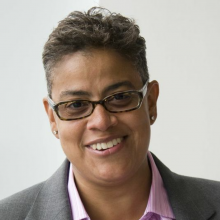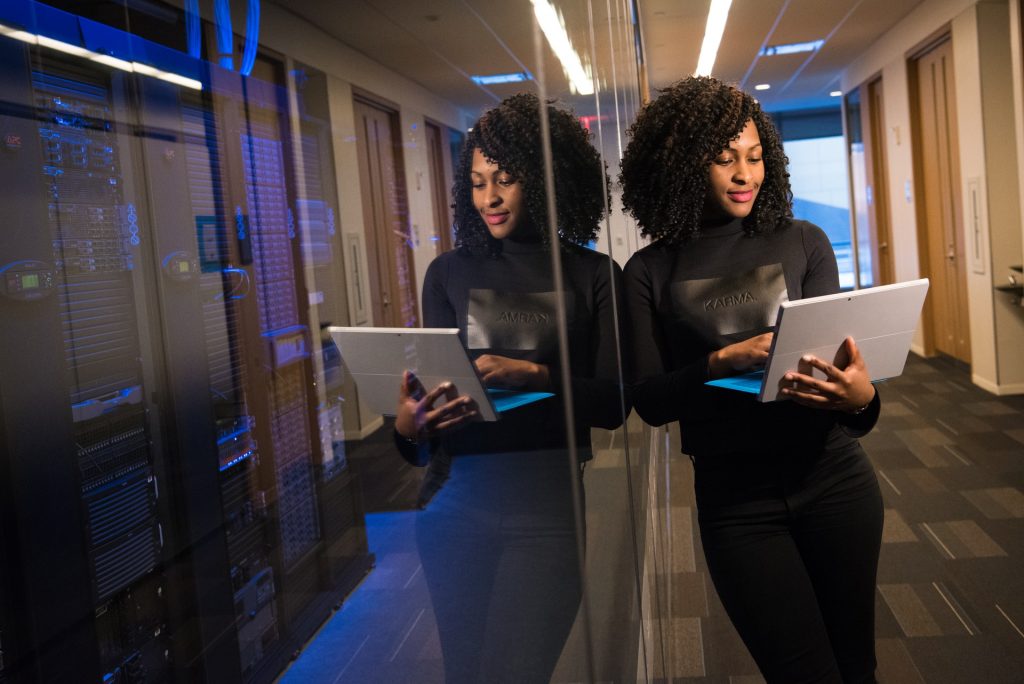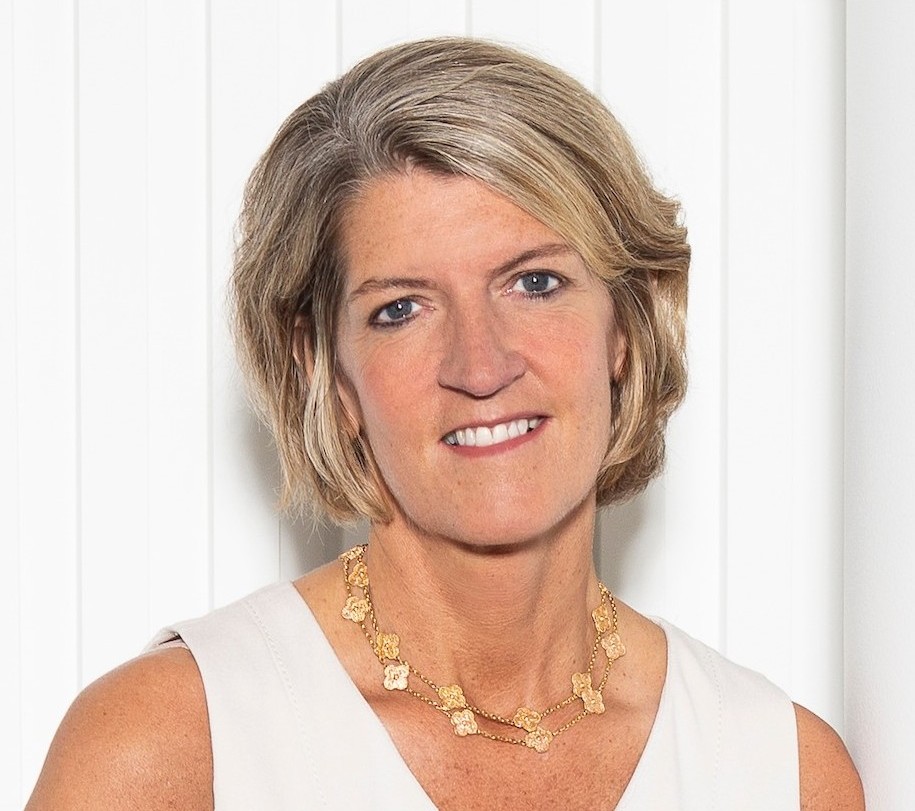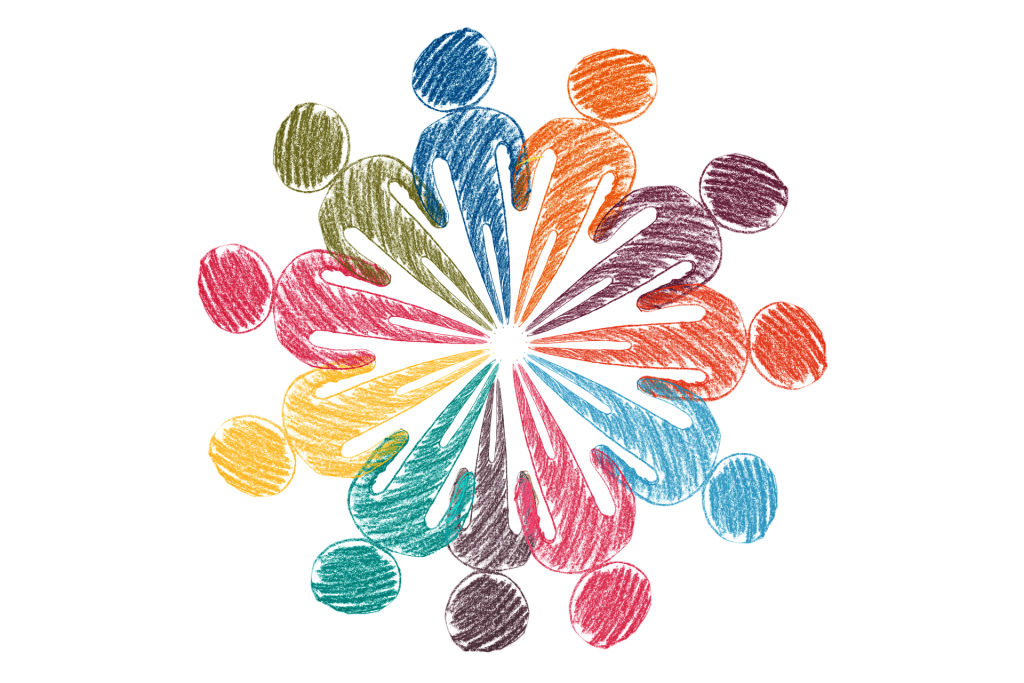
Togethxr is a media brand that is tied to four legendary athletes from a diverse cross-section of sports. Cofounder and chief content officer Jessica Robertson says that Togethxr has a culture that recognizes that women’s sports is “ground zero for every single -ism that’s in culture – which means this is a brand that is going to touch issues of race, gender, sexuality, human rights, voting rights, and so much more.” Check out this article in Fast Company to learn more about this up and coming brand!








